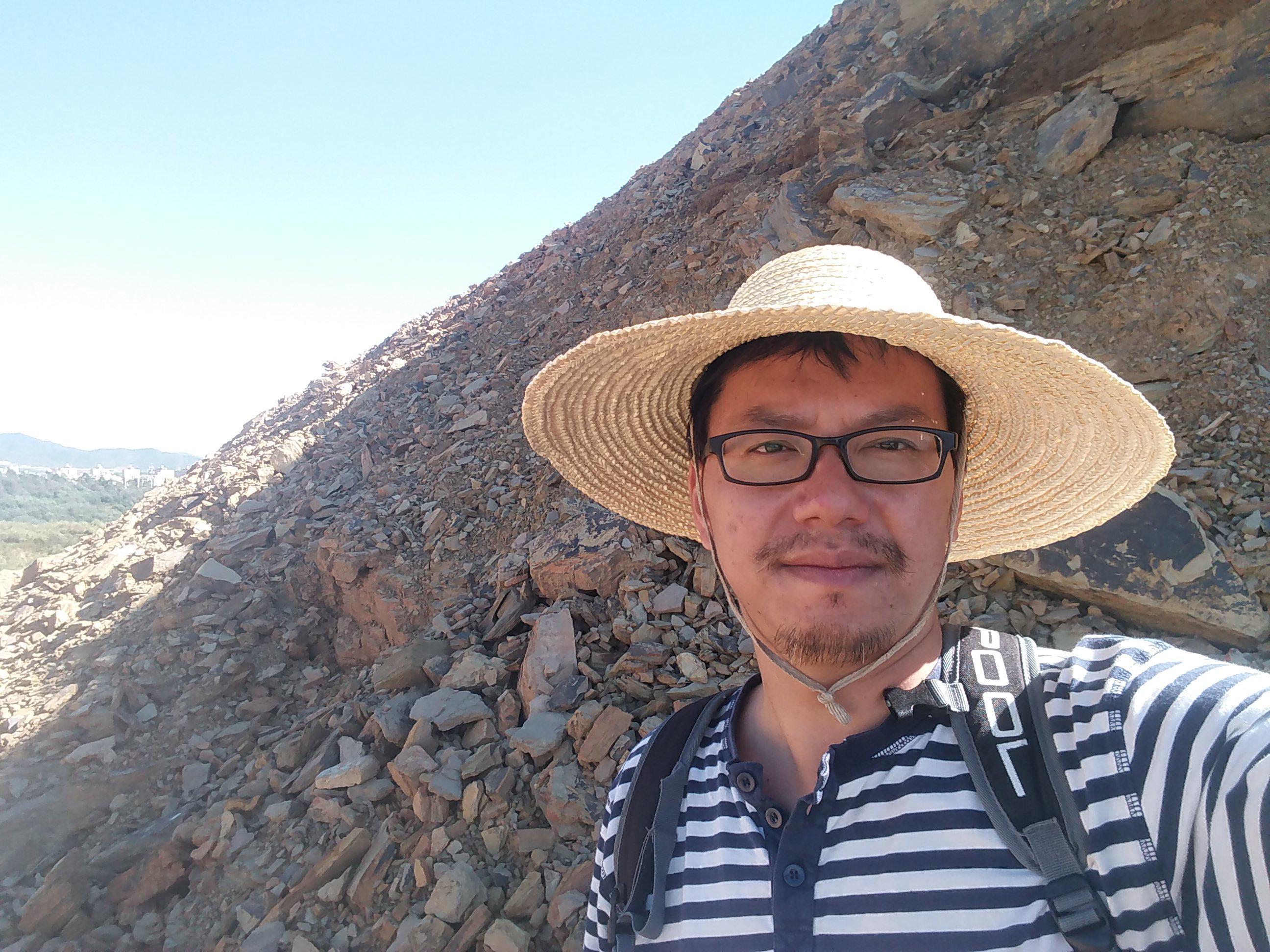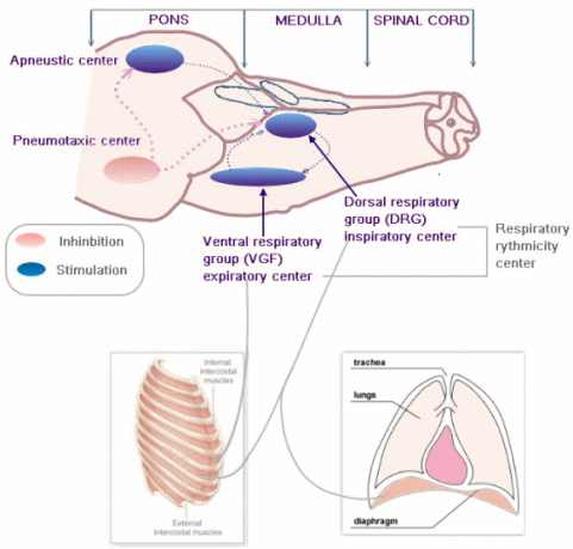人物生平
1980年出生于云南省,本科就读于云南大学地球物理专业,硕士跟随侯先光教授从事寒武纪节肢动物的研究,[1]2006年在欧盟玛丽居里基金会提供的全额奖学金的资助下远赴德国沃尔姆大学攻读博士学位。2009年博士毕业后在德国慕尼黑大学从事教学研究工作。
2016年上半年通过了德国教育系统最高级别的教学及科研考核(Habilitation),获得Privatdozent头衔。这一头衔同时也赋予其在德国境内任一高校申请全职教授的资格。刘煜于2016年10月作为引进人才正式进入云南大学云南省古生物研究重点实验室工作,2016年12月入选国家青年。
学习和工作经历
1998.09–2002.07云南大学,理学学士(固体地球物理学)
2002.09–2005.07云南大学,理学硕士(古生物学与地层学)
2006.04–2009.07德国沃尔姆大学,博士(自然科学)
2009.12–2016.03德国慕尼黑大学,副教授(发育神经生物学)
2016.04–2016.09德国慕尼黑大学,副教授(古生物学与地层学)
2016.10– 今 云南大学云南省古生物研究重点实验室,特聘教授
科研项目
2015.02–2016.09,德国慕尼黑大学优秀青年学者基金《早寒武世澄江动物群中节肢动物生态学、发育生物学及神经生物学研究》(主持)
2016.01–2017.12,国家自然科学基金海外及港澳台学者合作研究项目《澄江动物群节肢动物古发育生物学及古生态学研究》(主持)
主要成就
过去10年间,刘煜所涉及的研究方向涵盖了胚胎发育学、神经发育生物学及古生物学等研究动物进化事件的国际前沿领域。其在各领域均有若干SCI学术论文发表在国际学术期刊杂志上。截止目前,他共发表SCI英文文章18篇,英文书本章节1篇。其中,以第一作者身份撰写并发表的文章共8篇。其代表性论文为分别发表在美国国家科学院院报(PNAS,中科院JCR1区期刊),Nature Communications(中科院JCR1区期刊)和Scientific Reports(中科院JCR2区期刊)上的三篇使用先进成像方法深入研究早寒武世澄江动物群节肢动物化石的文章。
近些年来,刘煜主要致力于将目前国际生物学研究领域中最前沿的多种先进研究手段和方法创新性地引入到澄江动物群化石标本的研究当中。经其研究工作创新性地引入的先进技术手段主要有:荧光显微镜、电子扫描显微镜和微型CT。前二者主要用于提取普通光学显微镜下无法观察到的化石表面信息。特别值得一提的是其于2015年在Scientific Reports发文引入的微型CT技术对于澄江动物群化石未来的研究具有重大意义。CT扫描(相应设备称为CT扫描议,或X射线断层成像仪)是利用X射线的穿透能力探测标本内部构造的国际领先技术。这一技术虽已广泛应用于医学和工业检测领域,但在古生物学领域的寒武纪澄江动物群标本的3维研究上的应用尚属首次报道。利用微型CT扫描不仅可以观察到被围岩包埋或被动物化石的其它结构覆盖的、用钢针手工处理难以暴露的精细构造,而且还极大程度地保护了作为世界自然遗产的珍贵寒武纪澄江化石的完整性,使这些化石在研究过程中不受到人为(如:钢针修理)的破坏。
刘煜博士的工作为澄江化石研究的研究打开了多个方面的窗口,例如:古发育生物学、古神经解剖学及古生态学等。在借助上述技术手段详细了解了寒武纪早期各种动物的形态细节的基础上古生物学家和进化生物学家们就可以对这些分支学科进行深入研究,最终实现对‘寒武纪大爆发’这一曾困惑了达尔文多年并挑战了其著名的‘进化论’的早期动物进化事件形成更深入和全面的认识。
论文著作
1.
Liu, Y.
, Melzer, R.R., Haug, J.T., Haug, C., Briggs, D.E.G., Hörnig, M.K., He, Y.Y., Hou, X.G. 2016. A three-dimensionally preserved minute larva of a great-appendage arthropod from the early Cambrian Chengjiang biota. PNAS, 113, 5542–5546.2.Yang, J., Ortega-Hernández, J., Butterfield, N.J.,
Liu, Y.
, Boyan, G.S., Hou, J.-B., Lan, T., Zhang, X.-G. 2016. Fuxianhuiid ventral nerve cord and early nervous system evolution in Panarthropoda. PNAS, 113, 2988–2993.3.Boyan, G.,
Liu, Y.
, 2016. Development of the neurochemical architecture of the central complex. Frontiers in Behavioral Neuroscience, 10, 167.4.Ehrhardt, E., Graf, P., Kleele, T.,
Liu, Y.
, Boyan, G. 2016. Fates of identified pioneer cells in the antennal nervous system of the grasshopper Schistocera gregaria. 2016. Arthropod, Structure & Development, 45, 23–30.5.Strausfeld, N.J., Ma, X.Y., Edgecombe, G.D., Fortey, R.A., Land, M.F.,
Liu, Y.
, Cong, P.Y., Hou, X.G. 2016. Arthropod eyes: The early Cambrian fossil record and divergent evolution of visual systems. Arthropod, Structure & Development, 45, 152–172.6.
Liu, Y.
, Scholtz, G., Hou, X.G. 2015. When a 520 million-year-old Chengjiang fossil meets a modern micro-CT – a case study. Scientific Reports, 5: 12802. DOI: 10.1038/srep12802.7.Boyan, G., Williams, L.,
Liu, Y.
2015. Conserved patterns of axogenesis in the protocerebral midline of panarthropod. Arthropod, Structure & Development, 44, 101–112.8.Ehrhardt, E.,
Liu, Y.
, Boyan, G. 2015. Axogenesis in the antennal nervous system of the grasshopper Schistocera gregaria revisited: the base pioneers. Development, Genes & Evolution, 225, 39–45.9.
Liu, Y.
, Haug, J.T., Haug, C., Briggs, D.E.G., Hou, X.G. 2014. A 520 million-year-old chelicerate larva. Nature Communications, 5: 4440. DOI: 10.1038/ncomms5440.10.Boyan, G.,
Liu, Y.
2014a. Timelines in the insect brain: fates of identified neural stem cells generating the central complex in the grasshopper Schistocerca gregaria. Development, Genes & Evolution, 224, 37–51.11.Boyan, G.,
Liu, Y.
2014b. Dye coupling and immunostaining of astrocyte-like glia following intracellular injection of fluorochromes in brain slices of the grasshopper Schistocerca gregaria. In:Brain development: Methods and Protocols, Methods in Molecular Biology, vol. 1082 (Simon G. Sprecher ed.), Springer Science+Business Media. (DOI: 10.1007/978-1-62703-655-9_7).12.
Liu, Y.
2013. Gliogenesis in the embryonic brain of the grasshopper Schistocerca gregaria with particular focus on the protocerebrum prior to mid-embryogenesis. Cell & Tissue Research, 354, 697–705.13.
Liu, Y.
, Boyan, G. 2013. Glia associated with central complex lineages in the embryonic brain of the grasshopper Schistocerca gregaria. Development, Genes & Evolution, 223, 213–223.14.Boyan, G.,
Liu, Y.
, Loser, M. 2012. A cellular network of dye-coupled glia associated with the embryonic central complex in the grasshopper Schistocerca gregaria. Development, Genes & Evolution, 222, 125–138.15.Haug, J.T., Waloszek, D., Maas, A.,
Liu, Y.
, Haug, C. 2012. Functional morphology, ontogeny and evolution of mantis shrimp-like predators in the Cambrian. Palaeontology, 55, 369–399.16.Boyan, G.S., Loser, M., Williams, L.,
Liu, Y.
2011. Astrocyte-like glia associated with the embryonic development of the central complex in the grasshopper Schistocerca gregaria. Development, Genes & Evolution, 221, 141–155.17.
Liu, Y.
, Maas, A., Waloszek, D..2010. Early embryonic development of the head region of Gryllus assimilis Fabricius, 1775 (Orthoptera, Insecta). Arthropod, Structure & Development, 39, 382–395.18.
Liu, Y.
, Maas, A., Waloszek, D..2010. Early development of the anterior body region of the grey widow spider Latrodectus geometricus Koch, 1841 (Theridiidae, Araneae). Arthropod, Structure & Development, 38, 401–416.19.
Liu, Y.
, Bergström, J., Hou, X. 2007. Chengjiang arthropod Leanchoilia illecebrosa (Hou, 1987) reconsidered. GFF, 129, 263–272.获奖信息
2021年11月,参与完成的项目《寒武纪特异保存化石与节肢动物早期演化》获得2020年度国家自然科学奖二等奖。[2]









